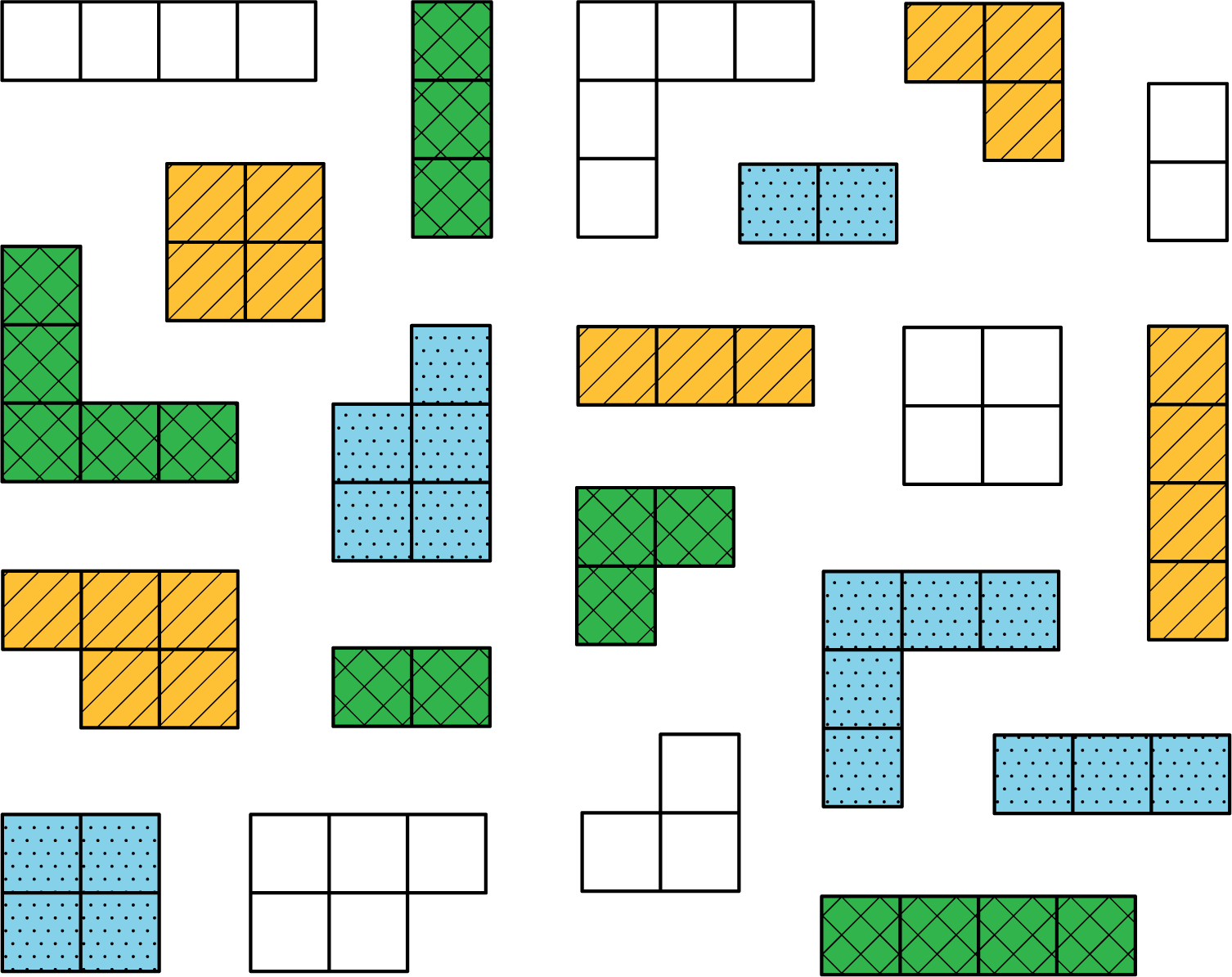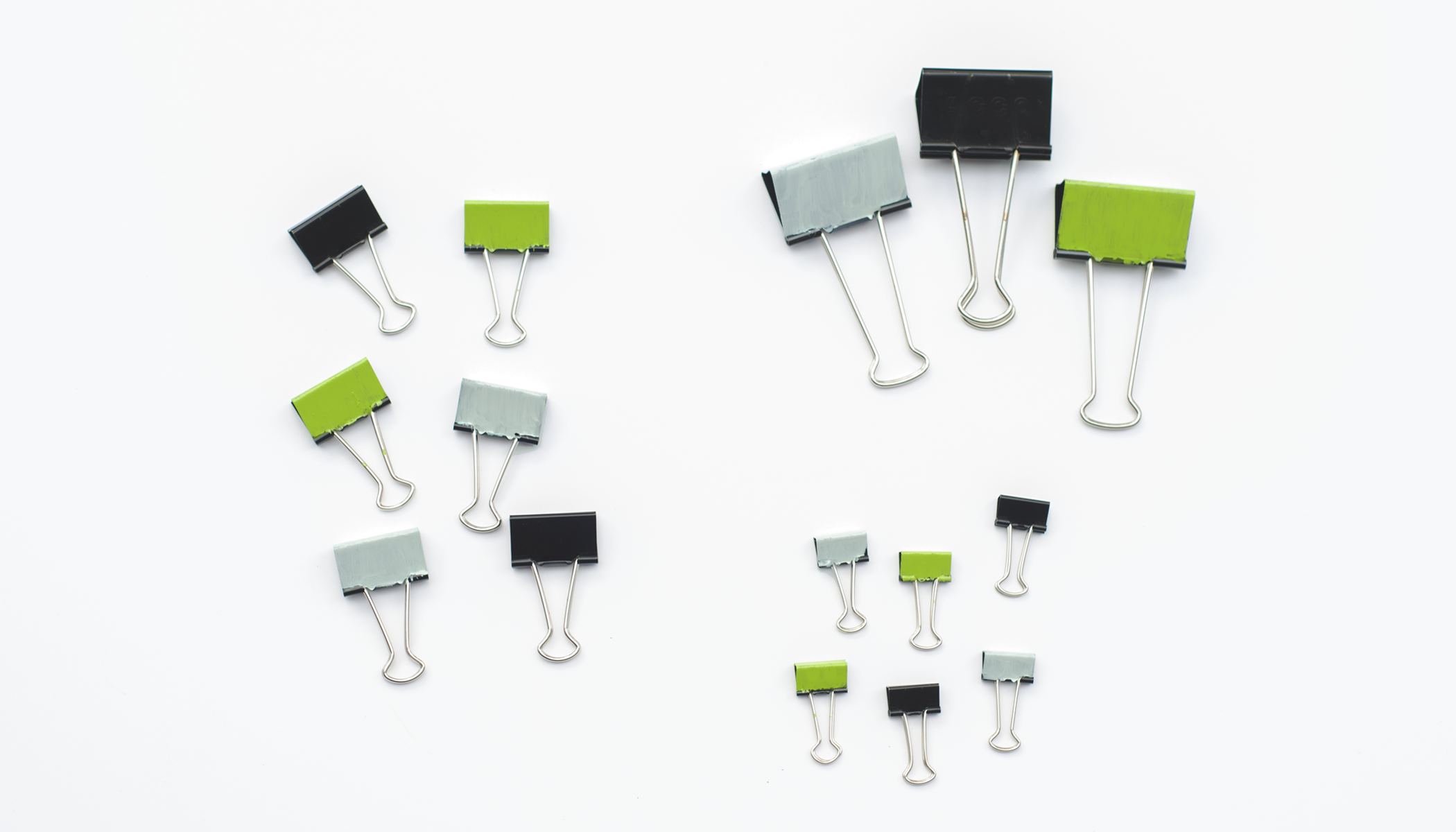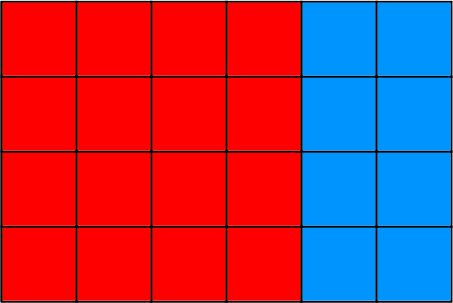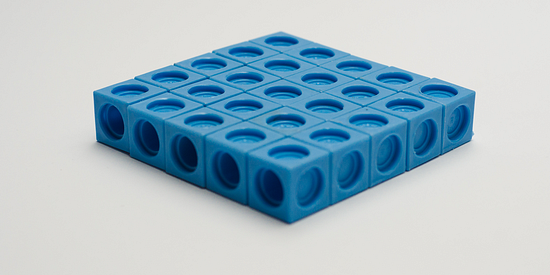Illustrative Mathematics Unit 6.2, Lesson 1: Introducing Ratios and Ratio Language
Learn more about ratios and how to describe the relationship between two quantities in words. After trying the questions, click on the buttons to view answers and explanations in text or video.
Related Pages
Illustrative Math
Grade 6
Introducing Ratios And Ratio Language
Let’s describe two quantities at the same time.
Illustrative Math Unit 6.2, Lesson 1 (printable worksheets)
1.1 - What Kind and How Many?

- If you sorted this set by color (and pattern), how many groups would you have?
- If you sorted this set by area, how many groups would you have?
- Think of a third way you could sort these figures. What categories would you use? How many groups would you have?
1.2 - The Teacher’s Collection
Your teacher will show you a collection of objects. Alternatively, consider the following collection:
(1) Think of a way to sort your teacher’s collection into two or three categories. Record your categories in the top row of the table and the amounts in the second row.
| category name | |||
|---|---|---|---|
| category amount |
(2) Write at least two sentences that describe ratios in the collection. Remember, there are many ways to write a ratio as a sentence:
- The ratio of one category to another category is ________ to ________.
- The ratio of one category to another category is ________ : ________.
- There are _______ of one category for every _______ of another category.
(3) Make a visual display of your items that clearly shows one of your statements. Be prepared to share your display with the class.
(1) Use two colors to shade the rectangle so there are 2 square units of one color for every 1 square unit of the other color.
(2) The rectangle you just colored has an area of 24 square units.
Draw a different shape that does not have an area of 24 square units, but that can also be
shaded with two colors in a 2:1 ratio. Shade your new shape using two colors.
Lesson 1 Summary
A ratio is an association between two or more quantities. There are many ways to describe a situation in terms of ratios. For example, look at this collection:
Here are some correct ways to describe the collection:
- The ratio of squares to circles is 6 : 3.
- The ratio of circles to squares is 3 to 6.
Notice that the shapes can be arranged in equal groups, which allow us to describe the shapes using other numbers.
There are 2 squares for every 1 circle.
There is 1 circle for every 2 squares.
Glossary Terms
ratio: a ratio is an association between two or more quantities.
For example, the ratio 3:2 could describe a recipe that uses 3 cups of flour for every 2 eggs, or a boat that moves 3 meters every 2 seconds. One way to represent the ratio 3:2 is with a diagram that has 3 blue squares for every 2 green squares.
Practice Problems
(1) In a fruit basket there are 9 bananas, 4 apples, and 3 plums.
- The ratio of bananas to apples is ________ : ________.
- The ratio of plums to apples is ________ to ________.
- For every ________ apples, there are ________ plums.
- For every 3 bananas there is one ________.
(2) Complete the sentences to describe this picture.
- The ratio of dogs to cats is _______.
- For every _____ dogs, there are _____ cats.
(3) Write two different sentences that use ratios to describe the number of eyes and legs in this picture.
(4) Choose an appropriate unit of measurement for each quantity: cm, cm2, or cm3.
- area of a rectangle
- volume of a prism
- side of a square
- area of a square
- volume of a cube
(5) Find the volume and surface area of each prism.
a. Prism A: 3 cm by 3 cm by 3 cm
b. Prism B: 5 cm by 5 cm by 1 cm
c. Compare the volumes of the prisms and then their surface areas. Does the prism with the greater volume also have the greater surface area?
(6) Which figure is a triangular prism? Select all that apply.
The Open Up Resources math curriculum is free to download from the Open Up Resources website and is also available from Illustrative Mathematics.
Try the free Mathway calculator and
problem solver below to practice various math topics. Try the given examples, or type in your own
problem and check your answer with the step-by-step explanations.

We welcome your feedback, comments and questions about this site or page. Please submit your feedback or enquiries via our Feedback page.











